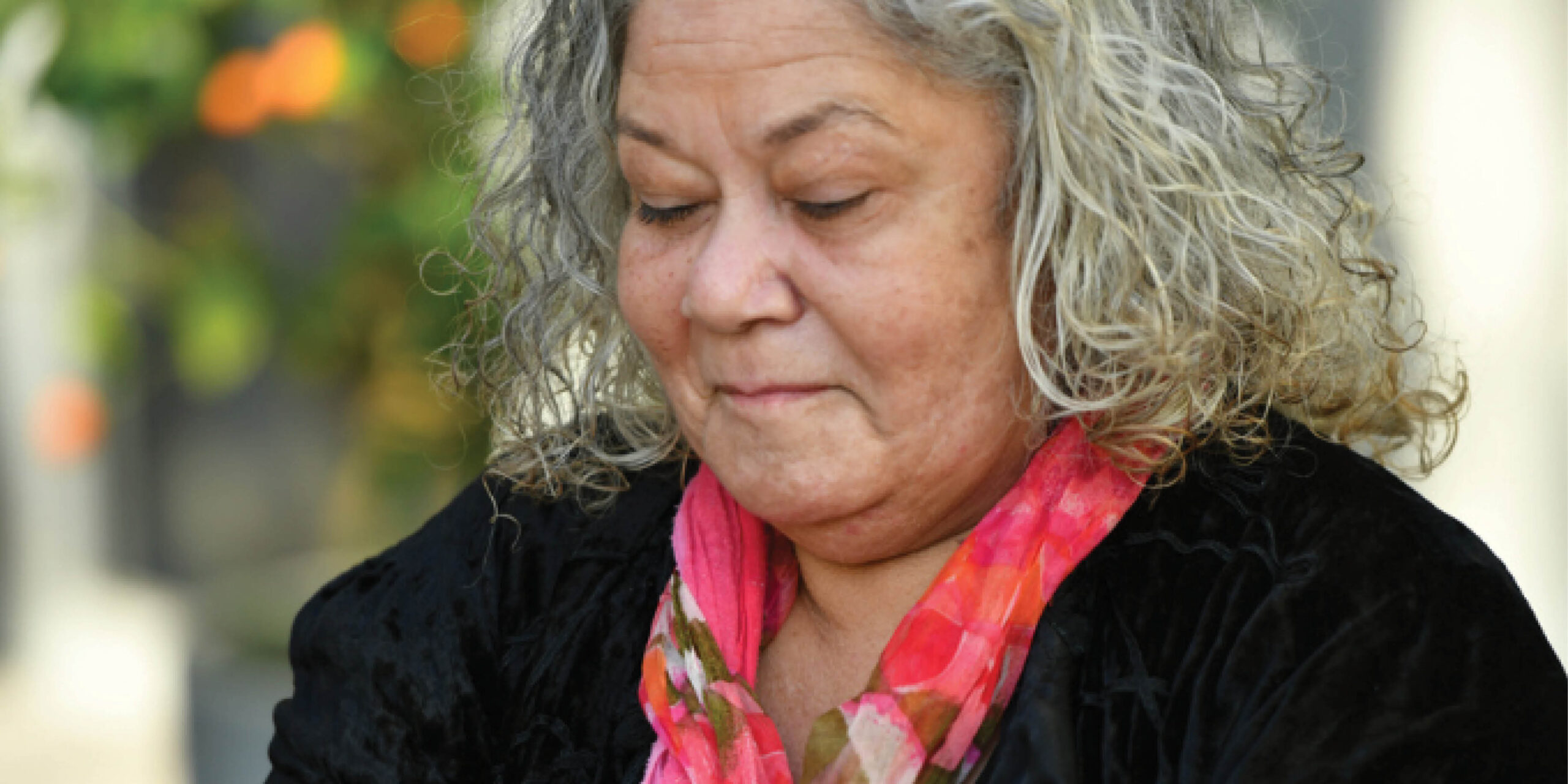Joan is a 64-year-old hospital cleaner who presents to you one morning feeling ‘dreadful’. Joan has a past history of well-controlled diabetes and takes metformin 500mg bd. She also has hypertension, managed with lercanidipine. Joan is a non-smoker and non-drinker, and identifies as Aboriginal. Of note, she had a cystoscopy four days previously for investigation […]
Joan is a 64-year-old hospital cleaner who presents to you one morning feeling ‘dreadful’. Joan has a past history of well-controlled diabetes and takes metformin 500mg bd.
She also has hypertension, managed with lercanidipine. Joan is a non-smoker and non-drinker, and identifies as Aboriginal. Of note, she had a cystoscopy four days previously for investigation of haematuria.
Joan describes fevers overnight and two episodes of uncontrollable shaking. She feels weak and exhausted. She says that her urine has been burning but denies any frequency or abdominal pain.
On examination, Joan looks unwell and her peripheries are cool and clammy. She has a temperature of 38.1, RR 26, BP 113/70, HR 108, O2 sat 96%.
What important condition must be considered in your assessment of Joan?
The most important condition to consider in Joan’s case is sepsis, most likely related to a urinary tract infection.
Sepsis is characterised by life-threatening organ dysfunction caused by an abnormal response to infection. Prompt recognition and treatment is vital, as time-critical resuscitation, antibiotic therapy and organ support reduces morbidity and mortality.
Sepsis is more likely in the elderly, and those patients with an underlying malignancy, immunosuppression, or who have had recent surgery. The signs may be subtle, and include hypo- or hyperthermia, tachycardia and confusion. Life-threatening organ dysfunction is indicated by the following features(1):
- tachypnoea (RR> 22 breaths/minute)
- hypoxaemia
- hypotension (sBP <90 mmHg)
- impaired consciousness
- poor peripheral perfusion or mottled skin
- acute oliguria
- blood lactate concentration more than 2 mmol/L.
Patients with suspected sepsis need urgent fluid resuscitation and transfer to hospital. If there is likely to be a delay of one hour or more in transfer, for example in rural or remote areas, take blood cultures and administer broad spectrum antibiotics.(2)
References:
(1) Therapeutic guidelines. Early recognition of sepsis in adults.
(2) Australian Sepsis Network
Medcast Emergencies in General Practice course
Emergency presentations are a common occurrence in general practice. While many are less severe and can be readily managed in the general practice setting, others need urgent assessment, management and secondary care referral. Cases of sepsis, or septic shock, as with Joan, are a good example.
The popular and CPD-accredited Medcast ‘Emergencies in General Practice’ course is being delivered again in March 2022. The course will address the latest in research and practice updates in the field, and cover a breadth of emergency presentations including sepsis, ACS, arrhythmias, mental health emergencies, anaphylaxis, poisoning, fractures, diabetic emergencies and much much more.
Click here to find out more on the ‘Emergencies in General Practice’ course


